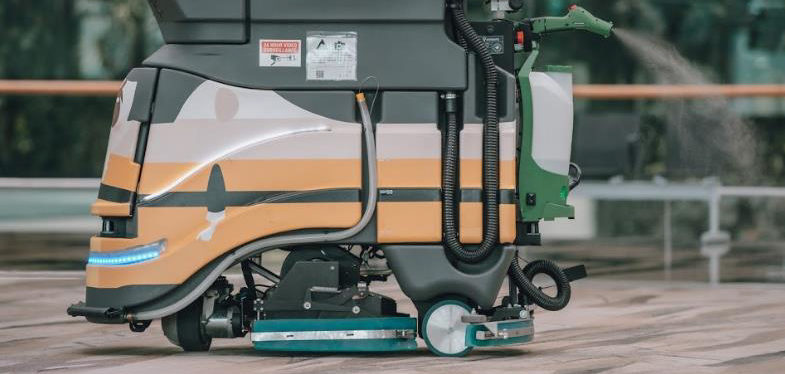The operator of Singapore Changi Airport says it has implemented a number of passenger safety measures as it resumes flights. This centers around reducing passenger contact and enhancing cleaning and disinfecting procedures.
For example, more than 160 automated kiosks across its Terminals 1 and 3 will be fitted with proximity touchscreens, with infrared sensors to track finger movements. Passengers will only need to hover their fingers above the screens for a contactless check-in and bag-drop process. As an added layer of protection, says the airport, all the screens at these automated kiosks have been sprayed with a long-lasting antimicrobial disinfectant coating that reduces the risk of virus transmission. For those passengers who need help with check-in and choose to use the check-in counters manned by staff, acrylic screens have been installed.
The airport already employs autonomous cleaning robots and these have been retrofitted with a misting attachment that disinfects carpets immediately after cleaning. This is in addition to daily carpet vacuuming already being undertaken by a separate set of cleaning robots equipped with a HEPA filter that catches fine particles, including dust and pollen, while vacuuming.
Additionally, Singapore’s Immigration & Checkpoints Authority (ICA) has implemented a multimodal biometric system, where facial and iris recognition replaces the traditional fingerprint scanning as the primary biometric identifiers for immigration clearance.
After completing their check-in process, eligible departing passengers can proceed for immigration clearance via the new automated clearance lanes. At these lanes, passengers who have enrolled their iris and facial biometrics will be prompted to look into the iris and facial scan cameras after scanning their passport, for identity verification. Only if identification via iris and facial scans is unsuccessful, or if the passengers have yet to enroll their iris and facial biometrics with ICA, will they be prompted to scan their fingerprint instead.

